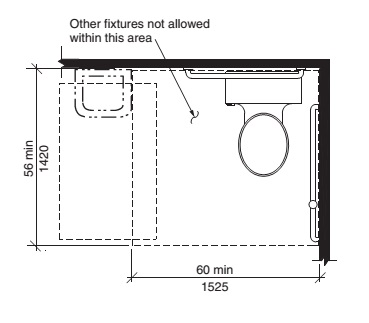How to Build a Graphic Design Portfolio That Stands Out
Graphic design is a captivating blend of art and communication that plays a pivotal role in our everyday lives. From the logos we recognize to the websites we navigate, graphic design shapes our visual experiences and influences our perceptions. At its core, graphic design is about problem-solving, using visual elements to convey messages, evoke emotions, and enhance the user experience.
The journey of graphic design begins with a thorough understanding of the audience and the purpose of the design. Designers must delve into the needs and preferences of their target demographic, considering factors such as age, culture, and interests. This foundation allows designers to create visuals that resonate deeply with viewers, establishing an immediate connection. Whether it’s a striking advertisement or an engaging social media post, the intent is to capture attention and convey information in an appealing manner.
Color theory is one of the essential components of graphic design. Colors have psychological impacts, influencing moods and behaviors. For instance, warm colors like red and orange can evoke excitement or urgency, while cool colors like blue and green often evoke calmness and trust. By strategically selecting a color palette, designers can enhance the emotional impact of their work and create a cohesive visual narrative. Typography, too, plays a significant role in graphic design. The choice of fonts can set the tone for a project, whether it’s playful, formal, modern, or vintage. Designers must consider legibility, hierarchy, and alignment to ensure that text not only communicates effectively but also complements the overall design.
The layout is another critical aspect of graphic design, determining how elements are arranged within a composition. A well-thought-out layout guides the viewer’s eye and creates a harmonious balance between text, images, and whitespace. Effective use of whitespace can https://dropshipnews.us enhance clarity and focus, allowing key elements to stand out. Designers often utilize grids to create structure, ensuring that the visual flow is intuitive and engaging.
In recent years, technology has revolutionized graphic design, providing tools that enhance creativity and efficiency. Software like Adobe Creative Suite and Canva empowers designers to experiment with various styles and techniques. Additionally, the rise of digital platforms has expanded the scope of graphic design, enabling designers to explore motion graphics, interactive design, and user interface (UI) design. This evolution has not only broadened the skill set required in the field but has also opened up new avenues for creativity and expression.
Collaboration is vital in the graphic design process. Designers often work closely with clients, marketers, and other creatives to bring a vision to life. This collaborative effort ensures that the final product aligns with the brand’s identity and meets the goals of the project. Feedback is an integral part of this process, allowing designers to refine their work and create designs that resonate with both the client and the target audience.
As graphic design continues to evolve, staying updated with industry trends and emerging technologies is crucial for designers. Following design blogs, attending workshops, and participating in online communities can provide valuable insights and inspiration. Moreover, the rise of social media platforms like Instagram and Behance allows designers to showcase their work and connect with other creatives, fostering a vibrant community of artistic exchange.
In conclusion, graphic design is a multifaceted discipline that blends creativity, strategy, and technology. It is an art form that transcends mere aesthetics, playing a crucial role in communication and branding. By understanding the audience, utilizing color and typography effectively, and embracing collaboration, graphic designers can create impactful visuals that leave a lasting impression. As the industry continues to evolve, the opportunities for innovation and creativity in graphic design are limitless, promising an exciting future f…





